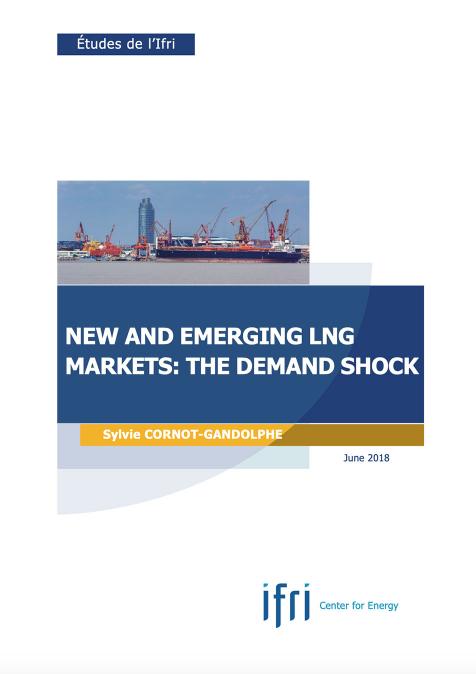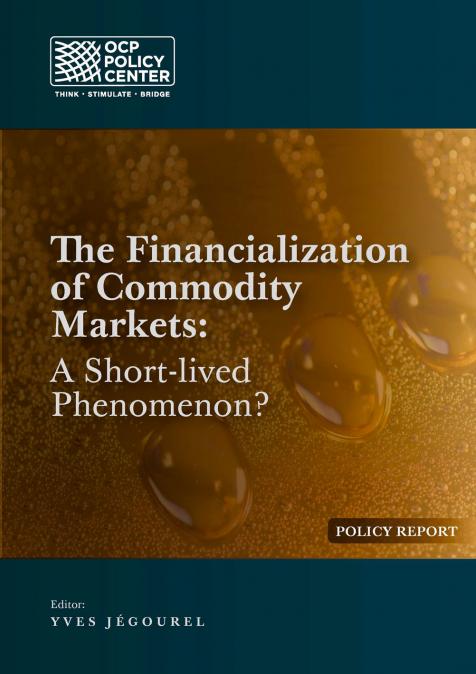Publications /
Policy Brief
Les cours des métaux, industriels notamment, se sont inscrits dans un mouvement haussier particulièrement marqué depuis janvier 2016 qui tranche avec les années difficiles de 2014 et 2015. À l’origine de cette dynamique : une sensible amélioration des fondamentaux du marché, tant du côté de la demande que de l’offre. L’importance des mouvements spéculatifs qui sous-tendent cette forte remontée des cours ne peut cependant être oubliée voire minimisée. Elle pose à court terme le risque d’une correction liée à des prises de bénéfices et à un retour à une plus grande rationalité. À plus long terme, elle pourrait perturber la décision d’investissement et induire - à terme - un niveau de l’offre bien supérieur à celui de la demande. La probabilité d’un déficit du marché qui serait lié à l’épuisement progressif des mines procède certes d’une logique géologique élémentaire mais, de ressources en réserves, sa transcription économique s’avère probablement plus complexe1 . De ce point de vue, force est de constater que la (sur-) évocation d’une pénurie annoncée de minerais et/ou métaux sert bien souvent des intérêts spéculatifs. Poussé par l’élévation des prix, l’accroissement des investissements exploratoires, les innovations technologiques permettant le développement des techniques de recyclage et autorisant une plus grande efficience dans l’utilisation de la matière, mais également l’adoption de comportements de substitution a jusqu’à présent repoussé les limites de la finitude des ressources.









